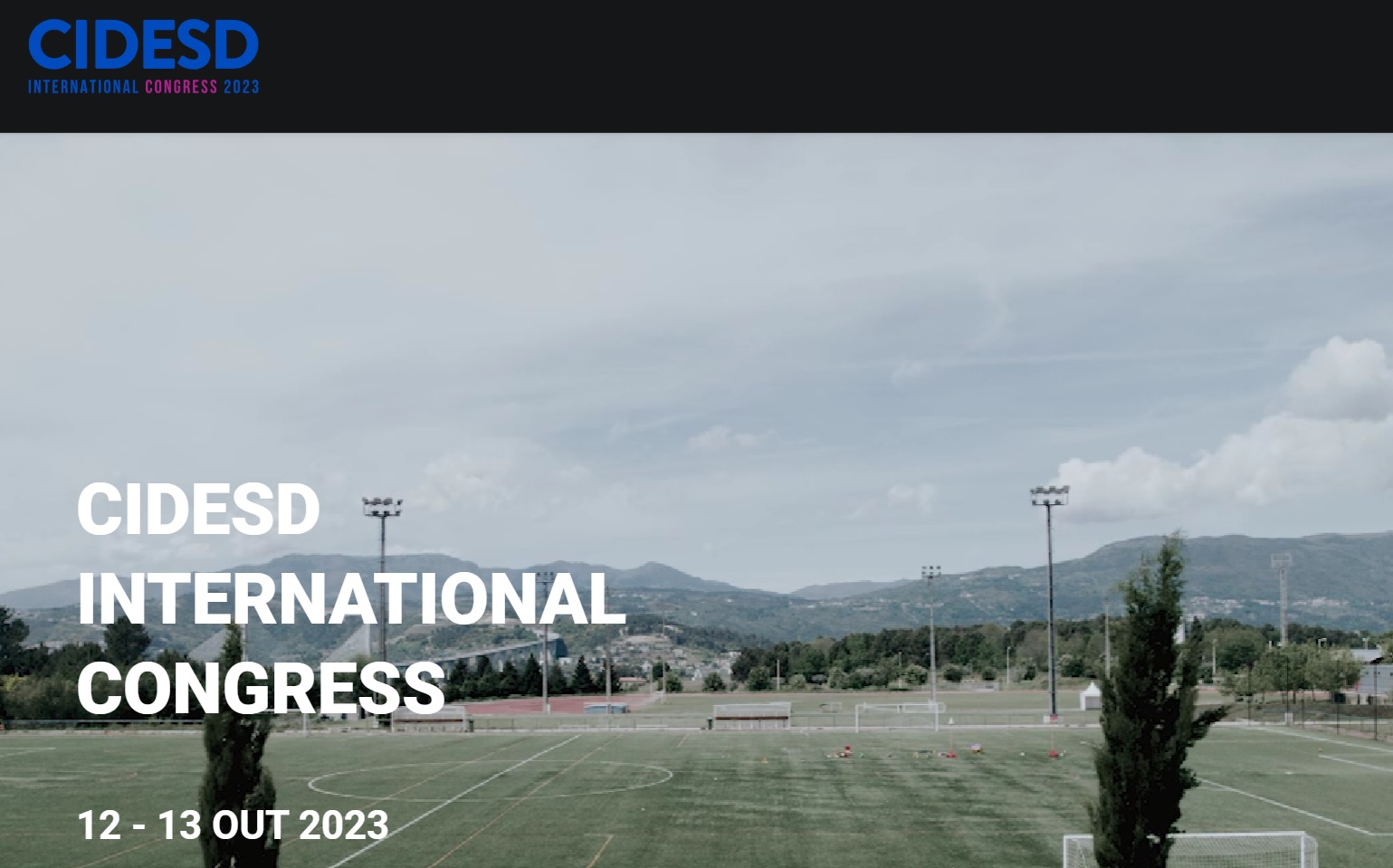Sports injuries of a Portuguese professional football team: a 3-year longitudinal study
DOI:
https://doi.org/10.6063/motricidade.31624Keywords:
football injuries, risk factors, epidemiology, sports monitoring, injury preventionAbstract
Football is known for its fast-paced and intensive activities from a professional standpoint, exposing professional football players to a high injury risk across their sportive careers. This study aimed to describe and characterise the sportive injuries of a First Portuguese Football League professional football team over three consecutive seasons. Seventy-one male professional football players (age = 25.7 ± 3.4 years; stature = 181.6 ± 6.5 cm; body mass = 77 ± 7.2 kg) participated in this study, comprising eight goalkeepers (11.3%), 20 defenders (28.2%), 17 midfielders (23.9%), and 26 forwards (36.6%). All players were followed throughout seasons 2019/2020, 2020/2021, and 2021/2022. Descriptive statistics were used to summarise the data collected. Absolute values present the number of football players and the total number of injuries. The demographic data of the participants are presented by mean and standard deviation. The frequency of the injuries by age, sectorial position, type, zone, specific location, laterality, mechanism, severity, recurrence, and occurrence are represented by absolute values and their percentages. In total, 84 injuries were recorded. Each player missed an average of 16.6 days per injury. Lower limbs were massively affected by injuries across all three seasons, mainly with muscular injuries in the quadriceps and hamstrings and sprains in the tibiotarsal structure. The injury incidence was considerably higher in official matches than in training sessions. The two moments of the season that proved most conducive to injuries were the months of July and January. Our results emphasise the importance of monitoring sports performance, including injury occurrence and assisting in identifying risk factors in professional football. Designing individualised training programs and optimising prevention and recovery protocols are crucial for maximising this global process.
Downloads
Published
Issue
Section
License
The authors of submitted manuscripts must transfer the full copyright to Journal Motricidade / Sílabas Didáticas Editions. Granting copyright permission allows the publication and dissemination of the article in printed or electronic formats, and copyrights start at the moment the manuscript is accepted for publication. It also allows Journal Motricidade to use and commercialise the article in terms of licensing, lending or selling its content to indexation/abstracts databases and other entities.
According to the terms of the Creative Commons licence, authors may reproduce a reasonable number of copies for personal or professional purposes, but without any economic gain. SHERPA/RoMEO allows authors to post a final digital copy (post-printing version) of the article on their websites or on their institutions' scientific repository.


